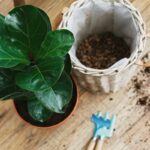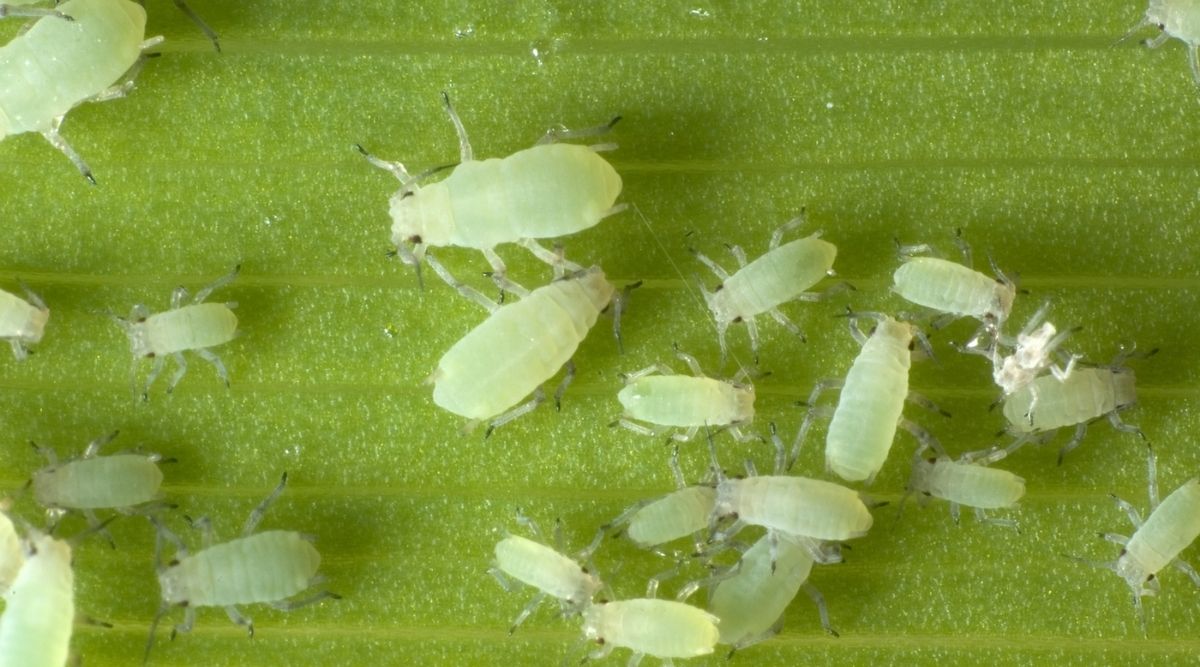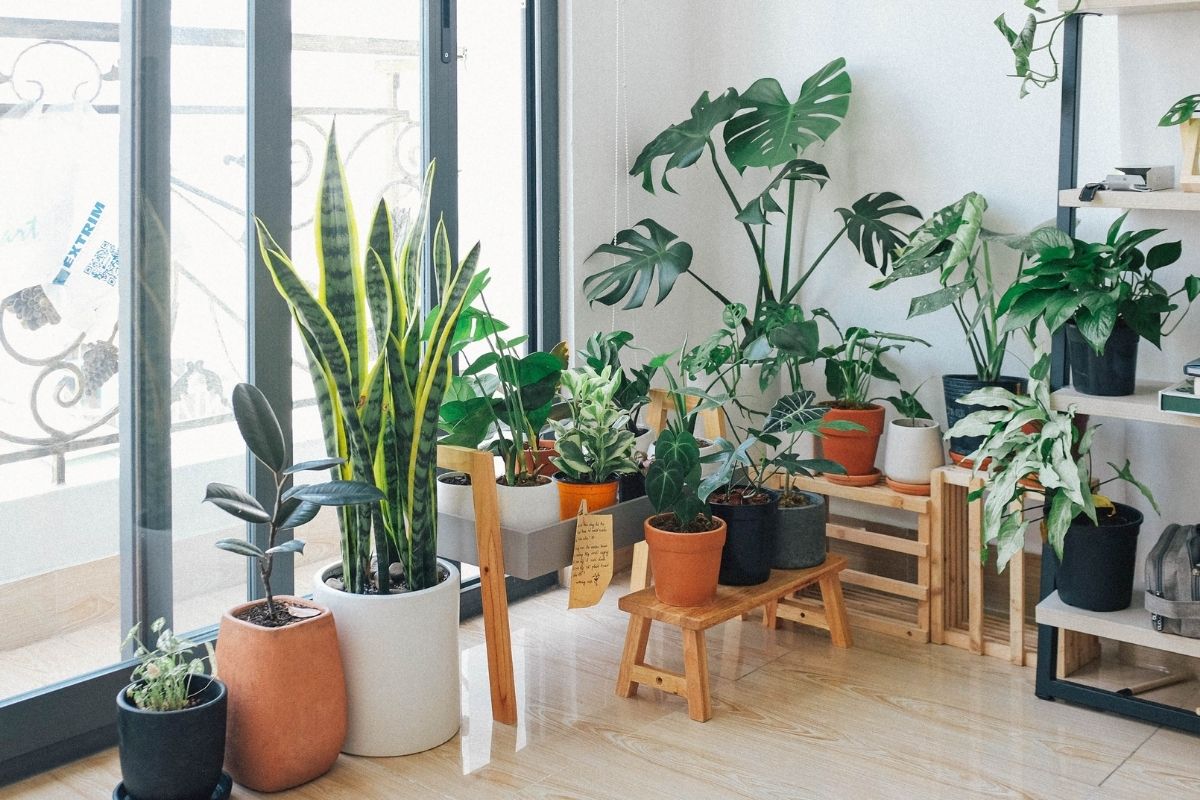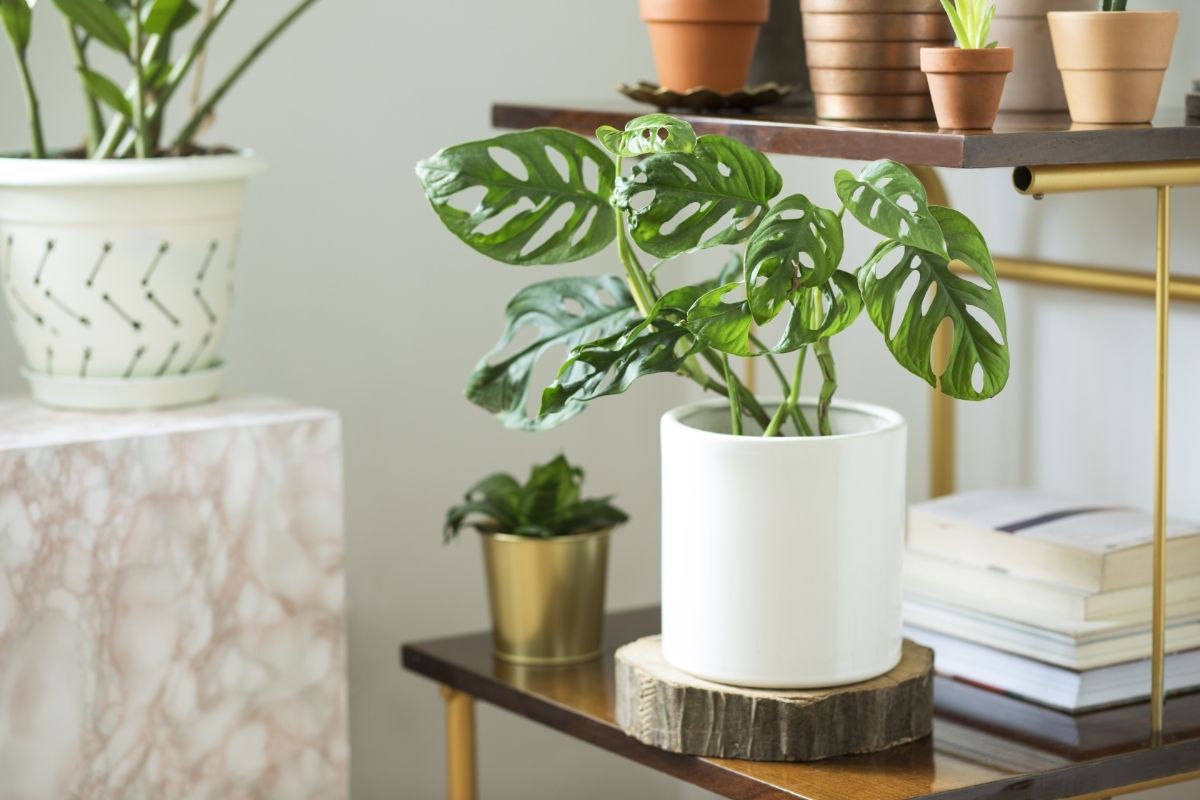Whilst you may think that it is an easy question to answer when it comes to how long a houseplant can go without watering, it actually is not.
Plants have different needs due to their type, and this means that some can go longer than others without being watered.
Actually learning when to water a plant can be difficult to master just generally, but with the knowledge and know-how, you too can understand the importance of watering a plant (without overwatering it), and when to do it.
So, without further ado, let us get to it!
When Should You Water A Houseplant?
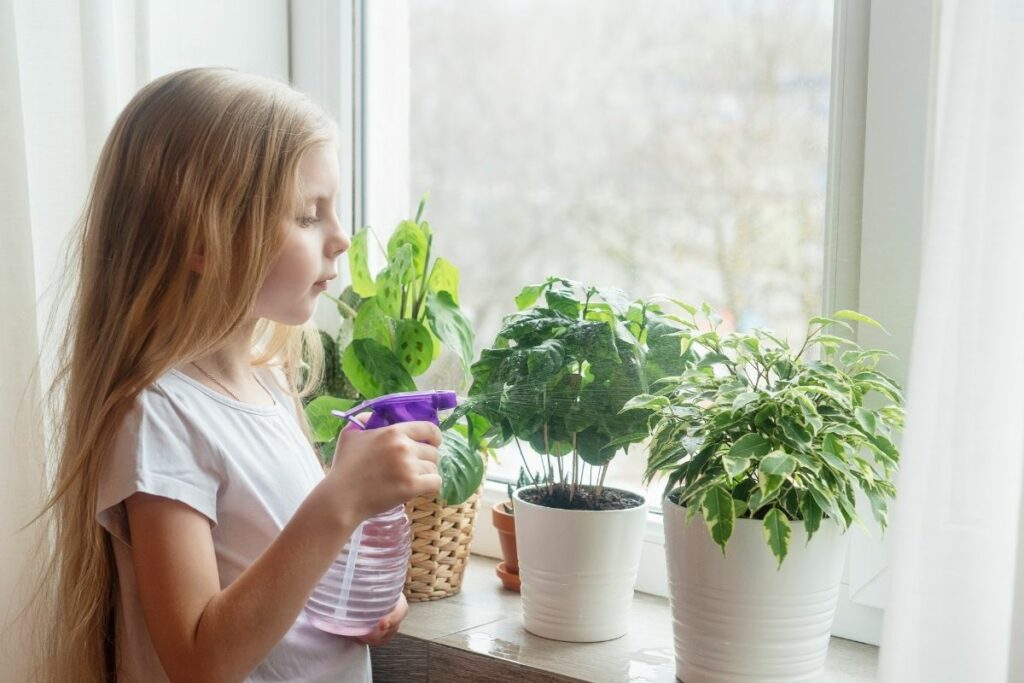
There is no fixed schedule when it comes to watering a houseplant, but there are a few rules to follow, but we shall discuss them in a second.
Whilst most houseplants, especially during the warmer months, will need watering around every 1 to 3 weeks, it all really depends on a few things.
These are the type as well as the size of the plant, the temperature, and humidity, and the type and size of the pot it lives in.
All these things will affect the rate in which the plant will need to be watered, making it different from the other houseplant it lives near.
Once you have figured out when it needs to be watered, you will find that you have a happy and healthy plant that hopefully will thrive for many more years to come.
When To Know A Houseplant Needs Watering
The majority of plants will let you know with physical signs that it needs attention, and that includes whether it is dehydrated or overwatered.
A lot of plants suffer from overwatering due to plant parents watering them on a schedule each week, rather than when they need it.
This really is not necessary and could be doing the plant more harm than good.
If you are struggling to know when to water a plant, then fortunately there are many ways to find out whether they are thirsty, or still full from the last watering you did.
Soil Test
If you are a novice when it comes to owning houseplants, it can be a struggle to know when the right time is to water a plant.
One of the easiest ways is by testing the soil for dryness and dampness which you can do with your finger.
Poke a finger into the soil a few inches deep and feel for it being moist or dry.
If it is moist, then the plant does not need watering, but if it is dry, it is time to top up their hydration.
Moisture Meter
Another way to test the soil, or if the plant is a little more tricky to test due to its size, then you will find it much easier to use a moisture meter.
They are reliable at letting you know whether the plant is ready to be watered or not, and can also be used on smaller plants.
Plant Type
Not all plants are equal, and that is why the watering process is not straightforward.
Some plants like to live in dry conditions, whilst others prefer it humid and damp. This affects the watering process too.
A succulent for example, may prefer the water to soak through the soil and to absorb it, letting it dry out completely for a period of time before needing it to be re-watered again.
Others may need the soil to be moist at all times.
One way to make sure you know these factors is by understanding the needs of the type of plant you own, and then writing them down, so you do not forget – especially if you have quite the number of houseplants!
Drainage Holes
The drainage holes are really important when it comes to not overwatering your plant and avoiding the roots becoming rotten.
These allow excess water to drain through. If there are no drainage holes, pebbles at the bottom of the container can do the same thing.
By feeling and checking the drainage holes, you can tell if the soil is bone dry or moist. This is another easy way of assessing whether your plant needs water or not.
Plant Weight
Whilst for the more experienced of plant owners, you can tell if a plant needs watering just by feeling the weight of it.
Once it is watered, the plant will feel heavier. So, after a fresh water pick it up and get a feel for its weight.
When it is lacking water it is much lighter. This can be a great way to make sure you are not overwatering the plant, as it is a simple yet effective method of watering plants efficiently.
Wilting Plant
The majority of plants will physically let you know whether it needs watering or not, and wilting is usually a good indication of that – though not always.
Wilting can also be caused by disease or lack of light, so it is always best to take a look at the soil and feel the weight if you are unsure.
Watering a wilted plant that does not need hydration can make other problems much worse.
How Often Should You Water A Cactus?

Cacti are extremely popular due to them looking great in the home, as well as the fact they do not need a lot of attention.
Whilst it will die if completely left to defend for itself, they can be left for long periods of time without the need of watering.
Having said that, if you do want to look after them properly, they will need watering. The most common way to do this is by letting the soil dry out completely before watering it again.
How Often Should You Water A Phalaenopsis Orchid?
A phalaenopsis orchid’s health can deteriorate greatly if left without water. The first signs usually include the leaves becoming droopy and wrinkly.
To avoid this happening, leave the soil to dry and the roots to become a silver white color, and then water it thoroughly.
How Often Should You Water An Anthurium?
The finger technique will work a treat with the anthurium. Once the top two inches of soil are completely dry, thoroughly water the soil. They suffer a great deal if overwatered, but tolerate infrequent watering very well.
How Often Should You Water An Indoor Orange Plant?
An indoor orange plant needs to have a high water content, so is not an ideal plant to leave for a few weeks whilst you are on vacation.
The plant should be watered regularly in a well drained pot, with the soil kept moist to keep it thriving. Having said that, you will need to tailor the watering to the needs of the plant you own.
How Often Should You Water A Peperomia?
A lot of peperomia plants have succulent properties making them a popular choice with indoor plant parents. They are hardy plants that can cope with being left alone for a while, just like cacti.
Use the finger technique to test the top two inches of soil for dryness or dampness before determining whether it needs to be watered or not. If it does, water it thoroughly.
Signs Of Dehydration In A Houseplant
There are many signs of a dehydrated plant, though they can sometimes be confused with other issues, so it is always worth checking the soil.
Even so, here are some common signs of a dehydrated plant (but try not to let your plant get to this stage):
Yellow and brown leaves that curl at the edges, brittle leaves that fall off, slow growth and soil that pulls away from the edges of the pot.
Signs Of Overwatering In A Houseplant
Overwatering can be just as bad as under watering a plant, and can ultimately kill it.
Too much water can cause the soil to lose all airflow and create the perfect moist, warm environment for bacteria and fungus to grow. Also, it can cause the roots to rot. Here are a few signs of overwatering a plant:
The soil is completely wet, the stems have become squishy to touch, the plant has attracted bugs, and the leaves might be yellowing, have colored spots or are turning brown.
Final Words
How long a plant can go without water all depends on the type of plant, the size of pot and the environment it lives in.
Some plants can go several weeks without being watered, and actually like to be left in between watering. Others may need to be watered more frequently, and thrive by having moist soil at all times.
Whilst it can be tempting to look after all of your houseplants the same way, it is always best to tailor each of their needs, so they live a happy and healthy life.
- Best Hanging Plant For Low Light - September 4, 2023
- Best Indoor Plants Florida - August 28, 2023
- Best Plants For Bathroom Smells - August 21, 2023


